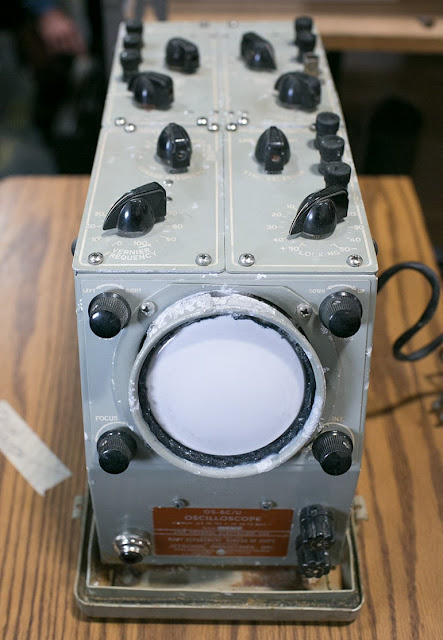Roaring Twenties

The Bronx Sisters, a popular singing trio of the decade. The storyline for HAUNTIBLES goes back a long way, but the bulk of it takes place in the 1920's. The reason for this is a mixture of practicality and aesthetics. First, the practical side of things. I wanted there to be photographs in HAUNTIBLES , and not just any photos, but the candid ones that we're used to seeing today. These didn't appear until the arrival of Kodak's Brownie Camera in 1900. So the storyline had to happen after that. Until the advent of Kodak's tiny box camera, photography was strictly in the hands of professionals. Next, I wanted to use real scraps from the era: cut-out ads, bus tickets, gum wrappers, ephemera. In order to avoid hunting down the copyright for every single image, I decided to stick with images in the public domain. Anything published prior to 1924 falls into this category, so that became a good cutoff date for me. I love hats and everyone in the...


